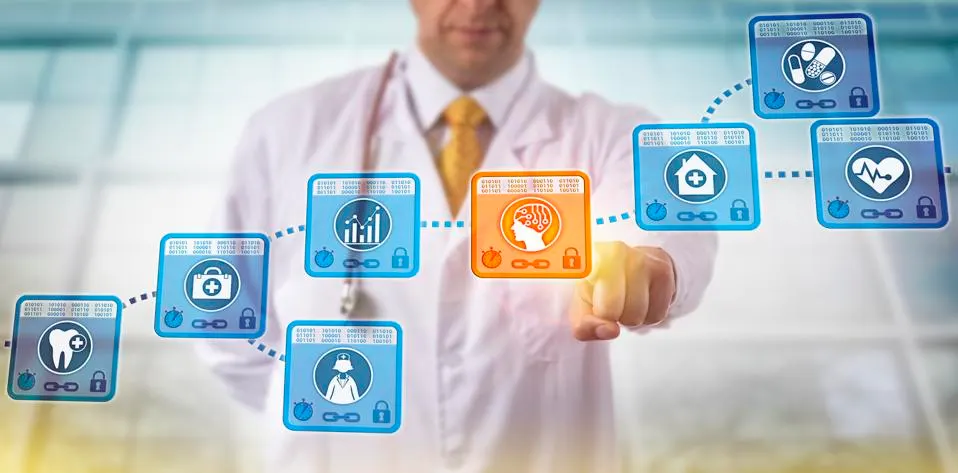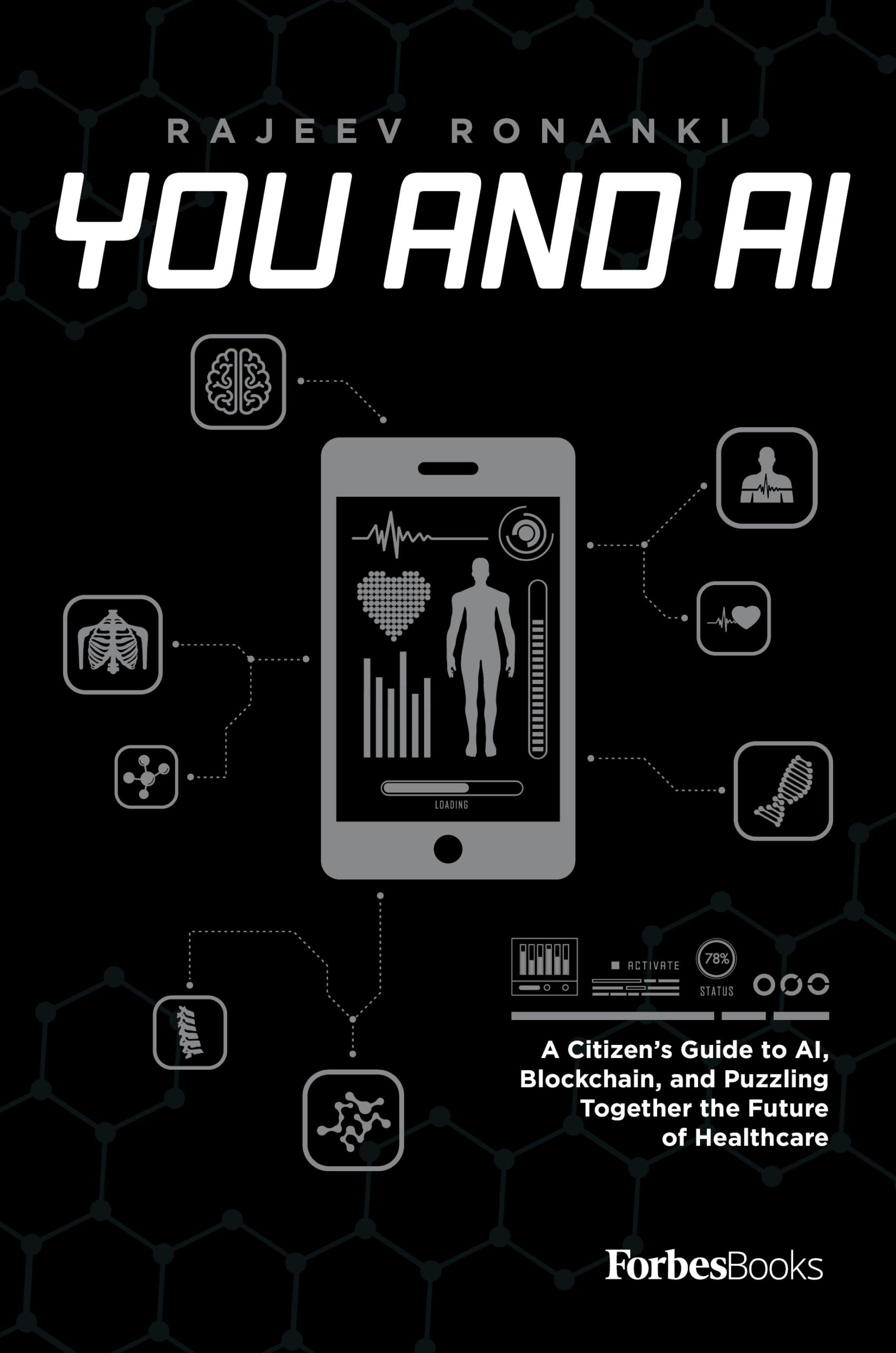One of the great challenges for the healthcare industry has always been patient privacy. Whether it’s a hospital setting, a physician’s office, or a child’s vaccination records required by a school, we are right to be cautious with sensitive medical data.
Historically, though, healthcare consumers have had little control over their personal medical records. These are often distributed across many fragmented systems and offices in our decentralized healthcare infrastructure. The result? Individuals often have little to no say in how their records are being used. There is no concept for the average consumer about where their information is stored, how it’s secured, or who else has access to it. The irony here is consumers must worry about others accessing their medical information they themselves do not have reliable access to!
When a consumer needs to request a record, sometimes it can result in having to jump through several hoops, especially when it comes to old records. Perhaps the consumer has moved to a new provider, perhaps the old provider has closed their office—both pose time-consuming problems for the patient. Beyond this, many records are never seen by the patients themselves, so how can they know the records exist except on blind faith? It’s not surprising many patients give up on tracking down old records and choose to “start fresh.”
Blockchain, however, can address many of our current concerns over privacy, security, and access through streamlined identity management. If we move medical records onto blockchain and tie them to an industry-wide patient identifier, it will allow individuals to finally exercise ownership over their own medical information. These private and public keys would serve as personal identifiers much in the same way that Bitcoin private keys allow ownership of Bitcoin wallets.
Not only would this allow consumers to exercise control over their records stored across a distributed network of healthcare providers and institutions, but the individual would be empowered to grant access to institutions as needed. The consumer could become the authority on what gets shared with whom!
In this way, medical records could be quickly accessed and controlled by the patient. They would have the freedom to lock down their medical records from unwanted uses or even preauthorize access to certain institutions—such as access for an ER in the event of an emergency where they are incapacitated.
Speaking of which, this system could be enabled with security failsafes for such events. This would be no different to how we set up power of attorney to a spouse or advisor for the execution of a will or life insurance policy. These authorizations could be automated so there is no red tape holding up the administration of care in a life-or-death situation.
For example, a paramedic could immediately have access to key information such as medical allergies before they proceed with an injection. This is literally lifesaving information! But other sensitive information could be withheld for privacy and security. In this way, blockchain serves the dual purpose of both providing more ease of access while also ensuring a higher level of security.
Imagine you cut yourself doing yard work and go to your local ER. The doctor comes in and asks, “When was your last tetanus shot?” Would you know the answer off the top of your head? Probably not. Now imagine being able to use a PIN code or face recognition technology to access your complete medical history on your phone and answer, “It was on January 10th, 2020.” This immediately changes the quality, accuracy, and speed of care the ER doctor can deliver in real time.
These improvements in records access and security are already possible—the technology is here and waiting. We only need the support within the healthcare system to move it forward.
Originally posted on Forbes.com

